Why you can trust TechRadar
Canon has clearly used the same mould for the EOS 700D as it did for the EOS 650D, since the two camera bodies look almost identical, with the only visible difference being a change to the mode dial.
The icons on the Canon EOS 700D's dial are raised rather than just painted and it's edged with a finer texture. This higher-quality dial can also be rotated through 360 degrees, so you don't have to turn it backwards and forwards to reach the options you want.
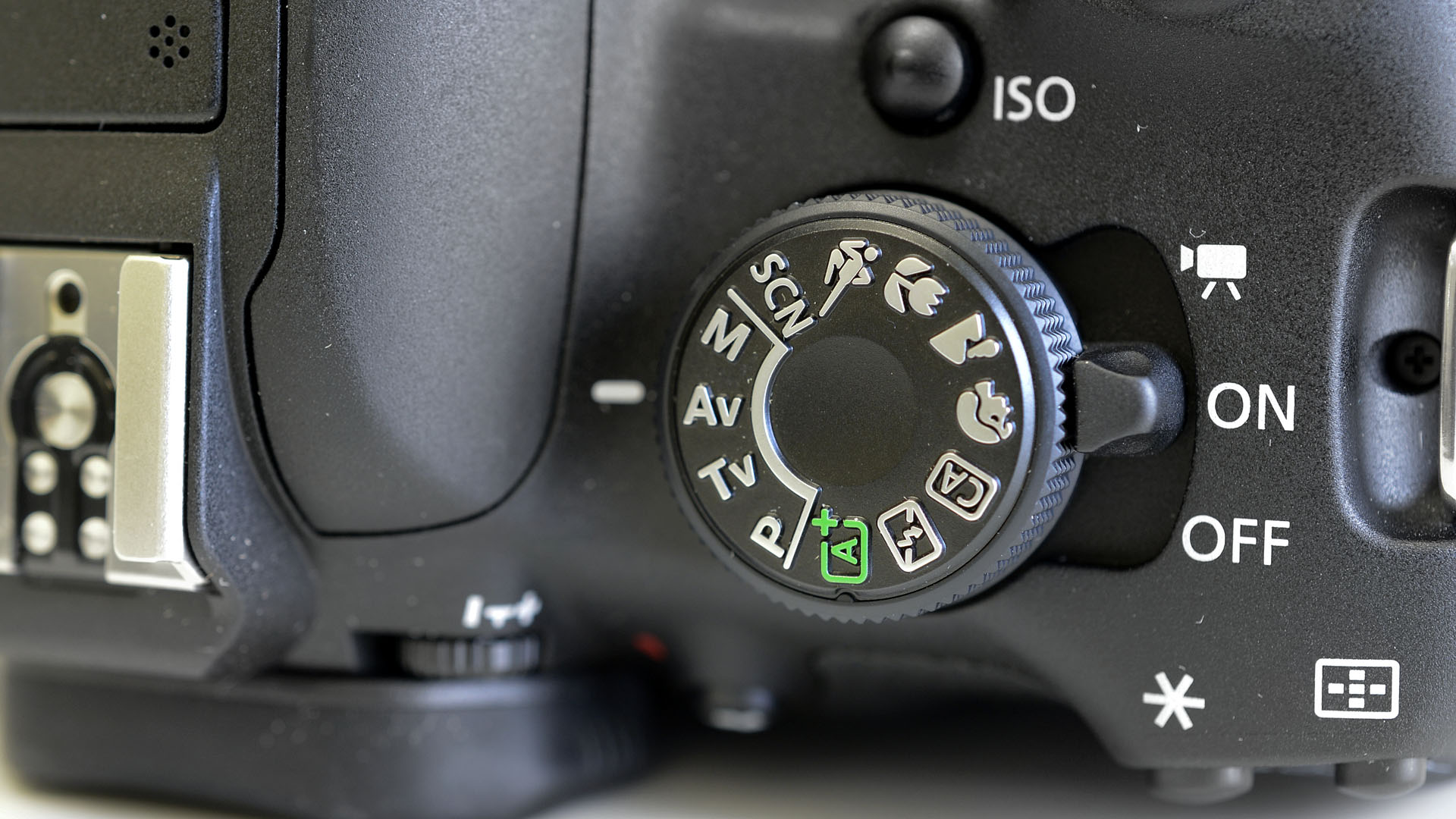
Rubbing a finger over the two cameras also reveals that they have a slightly different texture, with the Canon EOS 700D feeling a little coarser - in a good way. The rubberised coatings over the finger and thumb-grips remain the same and give good purchase.
While it lacks the robustness of Canon's professional-level DSLRs, the Canon EOS 700D feels well made, with no movement detectable at any of the joints. The articulating joint that attaches the LCD screen and enables it to be rotated around for viewing from very high or low angles, or from in front of the camera, has a high quality feel.
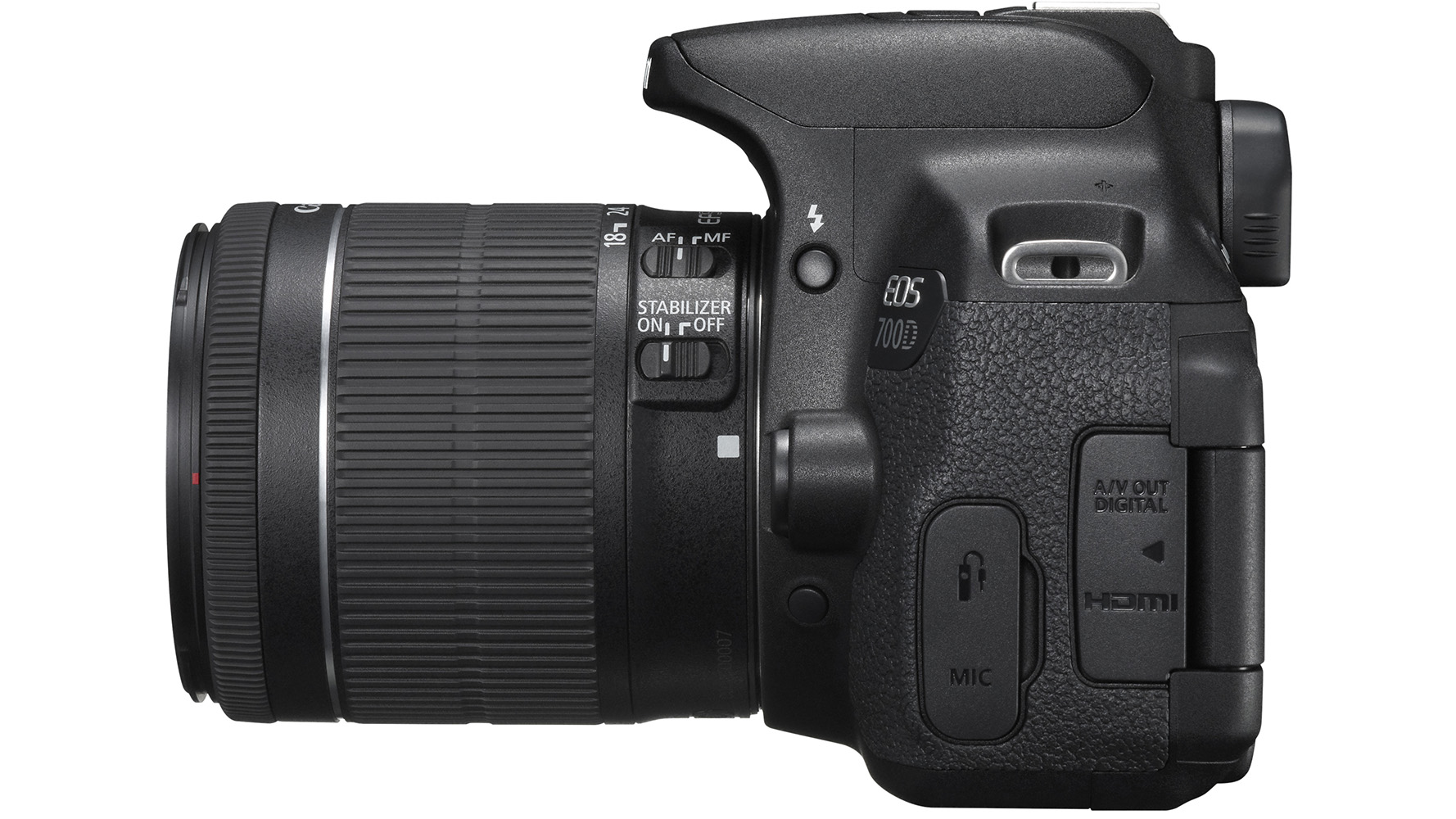
The Canon EOS 700D has the same control and menu layout as the Canon EOS 650D that it replaces. As before the menu is spread across 11 tabbed screens in stills mode, including a My menu option to which you can assign up to six features for quick access - we find it helpful to use this to reach the Mirror lock-up, Highlight tone priority, Auto Lighting Optimizer and Flash control options.
The menu can be navigated and options selected via the touchscreen or the button and dial controls.
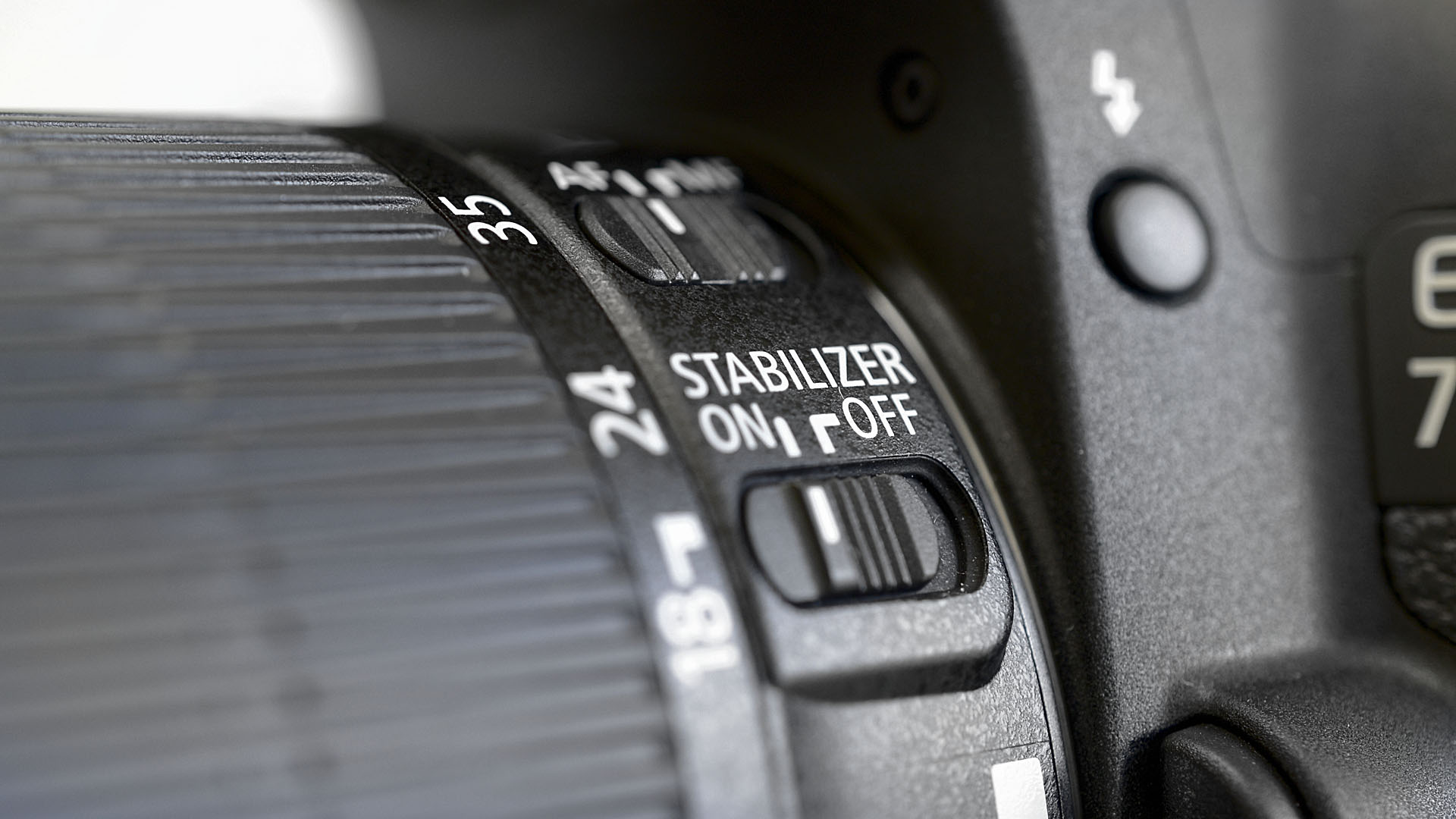
There's also a Quick menu that you can activate either by pressing the physical Q button or by touching the Q icon on the LCD screen. This gives a quick route to the mostly commonly needed camera settings.
Sign up for breaking news, reviews, opinion, top tech deals, and more.
If the Feature Guide is activated via Set-up Menu 3, touching an on-screen icon once brings up an explanation of the feature, while a second touch displays its available options. A single touch is all that is required if the Feature Guide is deactivated.
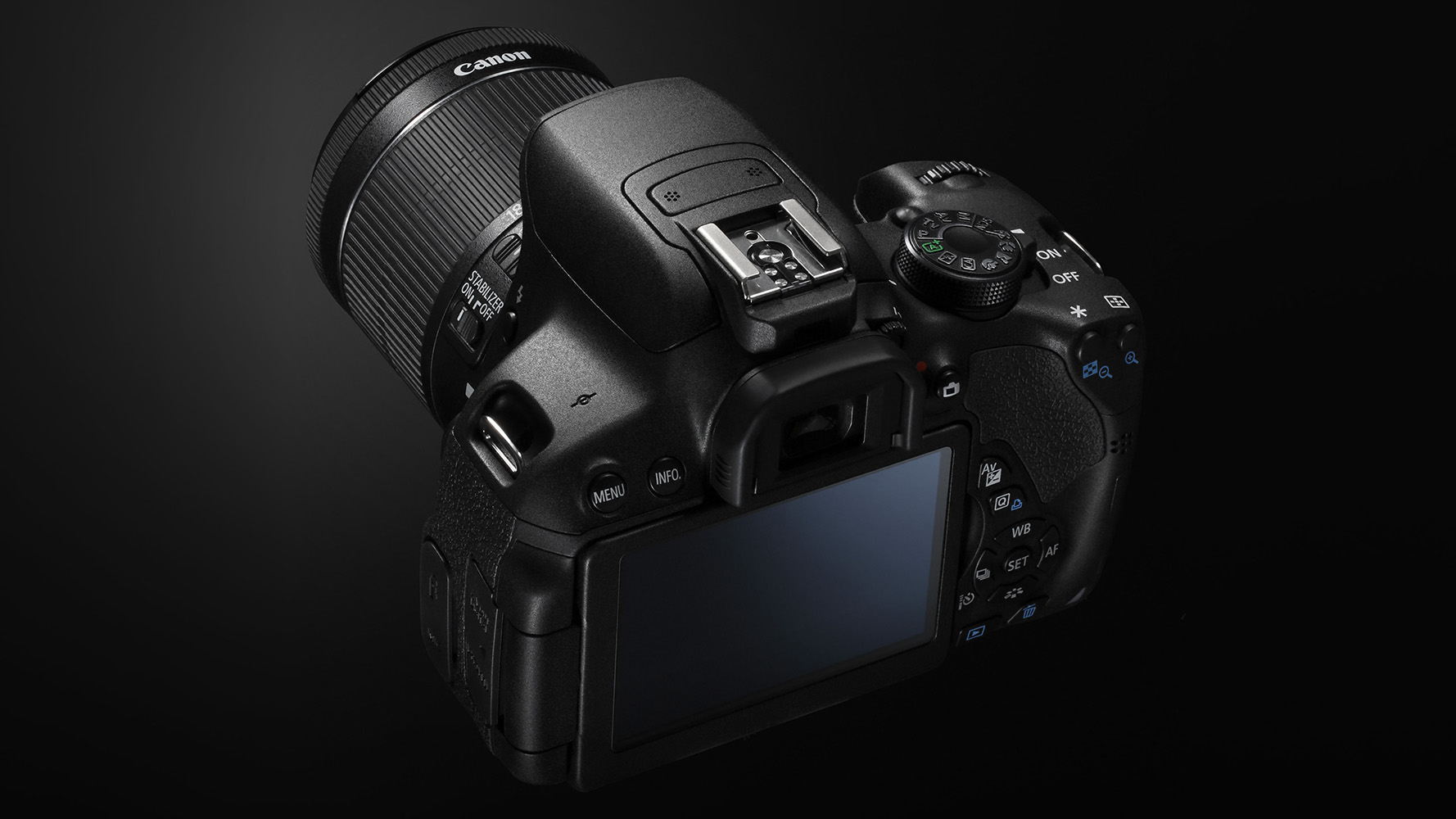
As on the Canon EOS 650D, the power switch has a third option that's used to activate Movie mode. Once this has been done, the button on the back of the camera that starts Live View in stills mode becomes the movie record button.
Although the Canon EOS 700D has all the button and dial controls that we expect from a camera at this level, it is also possible to control the camera via the 3-inch 1,040,000-dot touchscreen. This is very responsive, and once you start using the touch controls you find that you use them more and more because they are so intuitive.
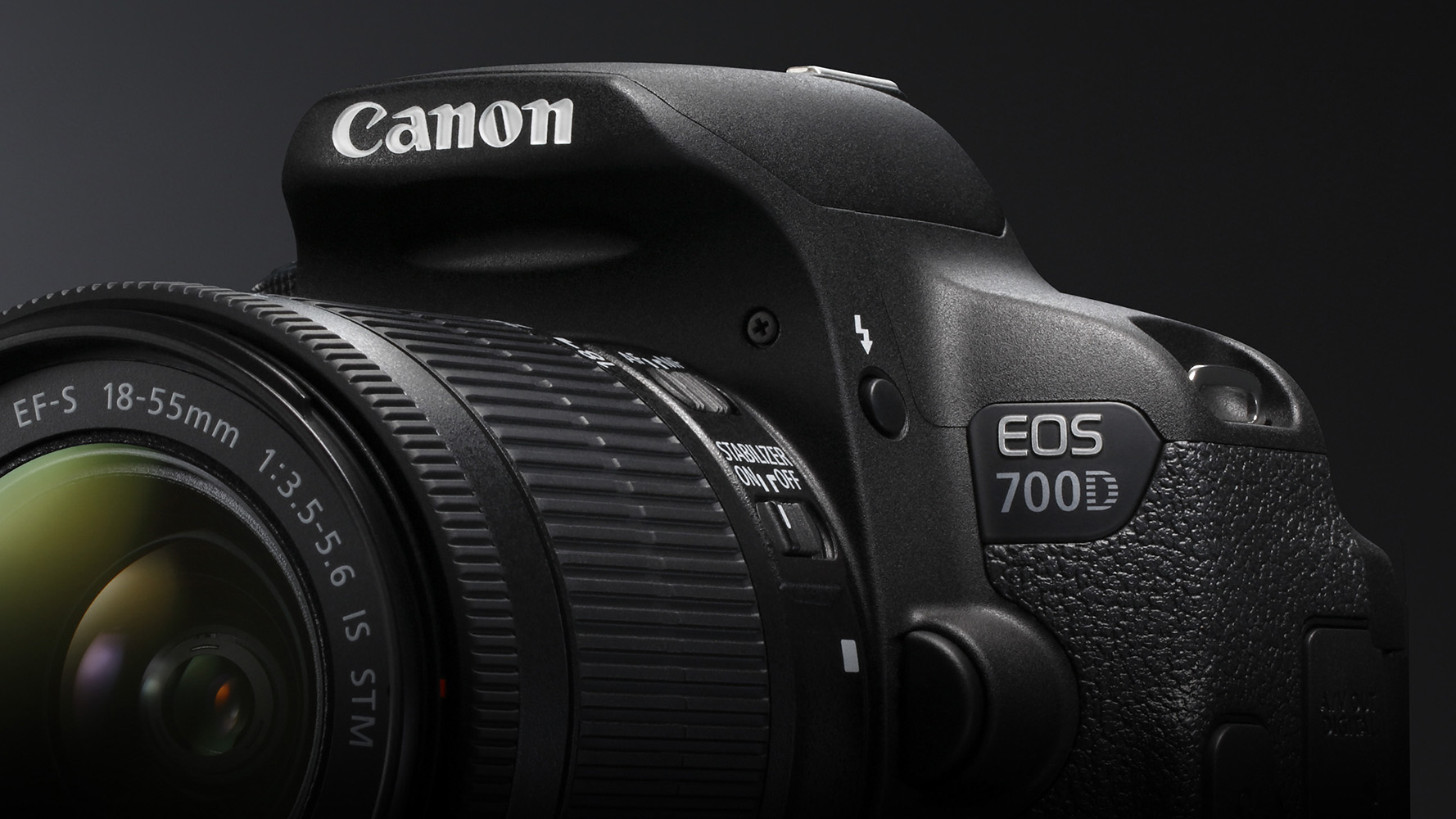
It's great to be able to swipe across the camera's screen to scroll through images and then pinch to zoom in to inspect details. It's just a shame that Canon has buried the rating control in the menu.
We found that the vari-angle screen provides a good, clear view with lots of detail visible even in quite bright light, making it very useful when composing images at ground level or above head-height.
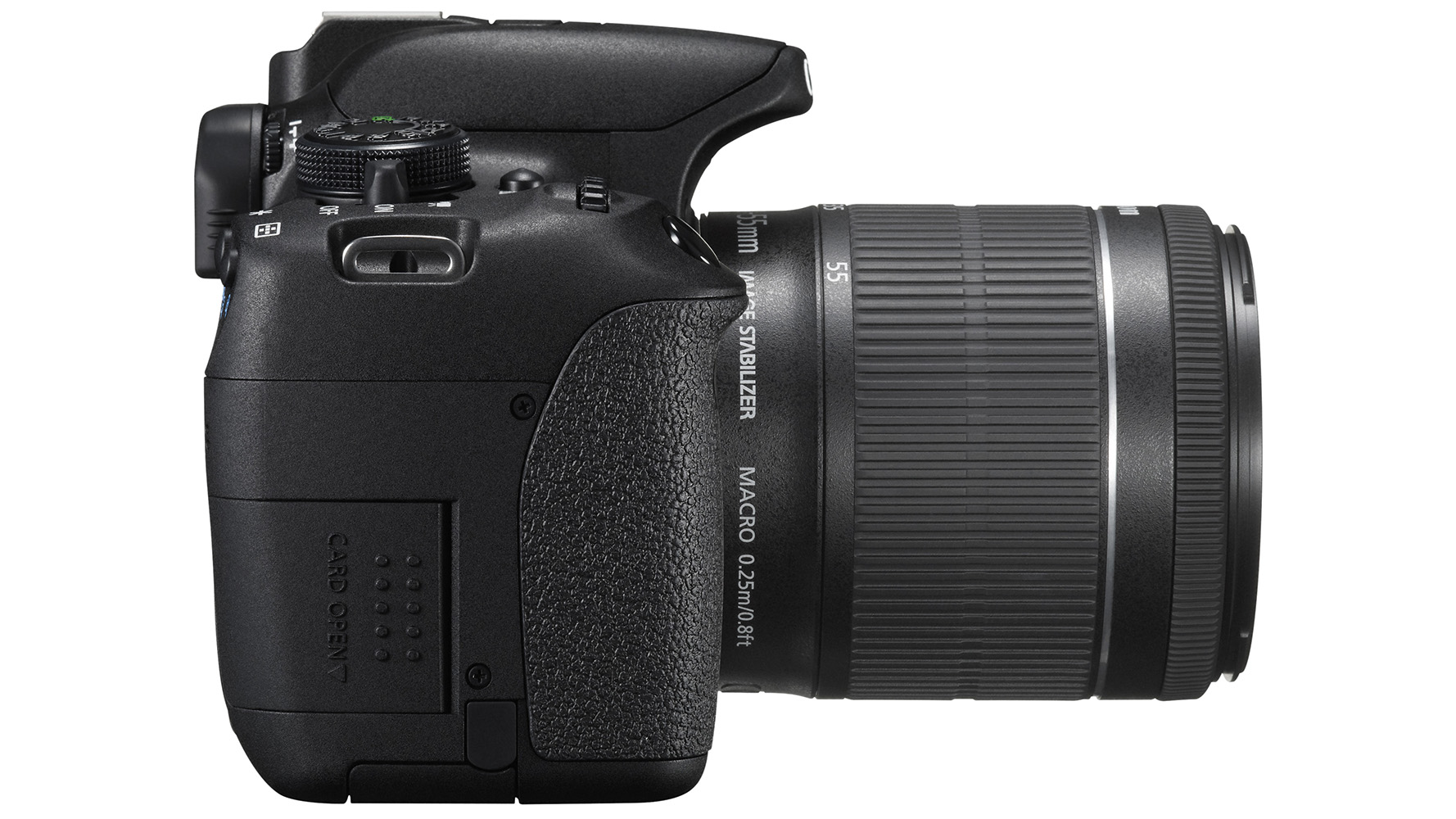
The touch-shutter facility, which enables the AF to be set and the shutter tripped with a touch of a finger on the screen, is particularly helpful in these situations.
However, the screen inevitably gets covered in fingerprints and these obscure the view, so it's a good idea to carry a decent lens cloth with you so you can give it a wipe now and then.

Because it's a DSLR rather than a compact system camera, the Canon EOS 700D has an optical viewfinder. While this only covers 95% of the frame and carries the risk of including a few extra elements along the edges of images, it is bright and pleasant to use.
As usual these days, when given the choice we would opt to compose images in the LCD when focusing manually, because the enlarged view makes it easier to be precise with the focus point.
